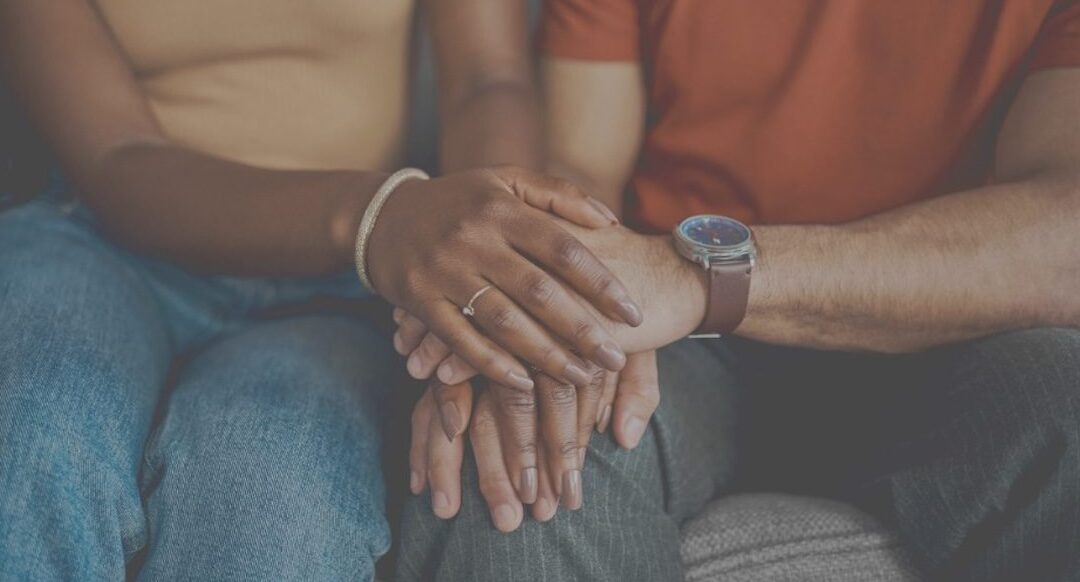
7 Big Problems Caused by Flirting
7 Big Problems Caused by Flirting
Why Do People Flirt?
7 Big Problems Caused by Flirting


Flirting is often seen as a fun and harmless way to interact with others, but it can also lead to some serious problems. What are the problems when someone flirts? In this section, we will discuss 7 common problems that can arise from this type of behavior.
1. Miscommunication
One of the biggest problems with flirting is miscommunication. What one person may see as innocent flirtation, another person may interpret as a genuine romantic interest. This can lead to confusion, hurt feelings, and even awkward situations. It is important to be clear about your intentions when you flirt and to pay attention to the signals and boundaries of the person you are interacting with.
2. Jealousy
Flirting can also trigger jealousy in relationships. Even if there is no intention of taking things further, seeing your partner flirt with someone else can still cause feelings of insecurity and mistrust. It is important to establish boundaries and communicate openly in a relationship to avoid any unnecessary jealousy.
3. Objectification
Flirting can sometimes cross the line into objectification, where one person is reduced to just an object of desire rather than being seen as a whole person. This can be harmful and disrespectful, especially if the person being objectified is not comfortable with the attention. It is important to treat others with respect and not view them solely as a means for your own gratification.
4. Misinterpretation
People can misinterpret this behavior as as sexual harassment or unwanted advances. In today’s society, there is a heightened awareness and sensitivity towards these issues, and what may have been considered harmless in the past can now be seen as inappropriate or even offensive. It is important to read the situation and respect others’ personal boundaries when flirting.
5. Reputation
Reputation, especially in a professional setting, can be impacted. If someone is known for constantly flirting with colleagues or clients, it can be perceived as unprofessional and may harm their credibility and career opportunities. It is important to maintain a professional image and not let flirting interfere with work responsibilities.
6. Emotional Consequences
Emotional consequences are possible, particularly if the other person does not reciprocate or rejects the flirtatious advances. Rejection can lead to feelings of inadequacy, hurt, or embarrassment. It is important to be mindful of others’ feelings and not take rejection personally.
7. Consent
Consent should always be a crucial factor in any form of flirting. It is important to make sure that the other person is comfortable with the situation and not being pressured or coerced into anything they are not ready for. Consent can be withdrawn at any time, and it is essential to respect and honor someone’s decision.
Why do people flirt?

People flirt for a variety of reasons, including:
- Attraction: Flirting is often used as a way to express interest in someone and show that you are attracted to them.
- Social interaction: It can also be a way to break the ice and start conversations with strangers or acquaintances.
- Boosting self-esteem: Some people flirt to boost their self-confidence and feel more attractive or desirable.
- Playfulness: It can be a fun and playful way to interact with others, without any serious intentions.
- Seeking validation: Some people may flirt as a way to seek validation and attention from others.
- Manipulation: Unfortunately, some individuals may use flirting as a means of manipulating or controlling someone else.
- Cultural norms: In some cultures, flirting is seen as a normal and expected behavior in social interactions.
How to flirt respectfully
If you choose to flirt with someone, it is essential to do so respectfully and considerately. Here are some tips for respectful ways to flirt:
- Be mindful of non-verbal cues: Pay attention to the other person’s body language and facial expressions. If they seem uncomfortable or disinterested, it is essential to back off.
- Respect boundaries: Before flirting with someone, make sure to establish boundaries and respect them. Do not push for anything the other person is not comfortable with.
- Use appropriate language: Avoid using offensive or explicit language while flirting. It can make the other person feel uncomfortable or offended.
- Consider the context: Be aware of your surroundings and the situation you are in. Flirting may not be appropriate in certain settings, such as a professional work environment.
- Respect rejection: If the other person is not interested in flirting back or shows signs of discomfort, it is crucial to respect their boundaries and disengage respectfully.
- Be genuine: Flirting should come from a place of sincerity and not manipulation or ulterior motives. Be genuine in your interactions with others.
- Avoid objectifying: It is essential to treat the other person as an equal and not reduce them to their physical appearance or use them solely for your own enjoyment.
- Practice consent: Communication and mutual consent are crucial in flirting. Always make sure the other person is comfortable and willing to engage in flirtatious behavior.
- Be aware of power dynamics: Keep in mind any power imbalances between you and the other person, such as age or hierarchical differences. Avoid taking advantage of these dynamics while flirting.
- Don’t overdo it: Flirting should be fun and light-hearted, not intense or overwhelming. Avoid being too pushy or persistent and give the other person space if needed.
- Be respectful of relationships: If the person you are flirting with is in a relationship, it is essential to respect that and not try to interfere or cause any harm.
- Take rejection gracefully: Not everyone will reciprocate your flirtatious behavior, and that is okay. If someone rejects your advances, take it gracefully and move on.
- Don’t make assumptions: Avoid making assumptions about the other person’s intentions or feelings based on their response to your flirting. Everyone has different boundaries and comfort levels.
- Have fun: Lastly, remember to have fun while flirting! It should be a playful and enjoyable experience for both parties involved. Don’t take it too seriously and be open to new connections and experiences.
- Conclusion: Flirting can be a fun and exciting way to connect with others, but it is important to do so respectfully and consensually. By following these tips, you can ensure that your flirting is genuine, respectful, and enjoyable for everyone involved. So go out there, have fun, and happy flirting! End of document.
Additional Content:
This type of behavior is not just limited to romantic or sexual interactions. It can also be used in a platonic way to show interest and create a friendly bond with someone. So don’t be afraid to use these techniques with friends or acquaintances as well!
Furthermore, flirting should always come from a place of genuine interest and respect for the other person. It is not a means to manipulate or deceive someone, but rather a way to build positive connections.
Remember to always read the room and be aware of the other person’s body language and verbal cues. If they seem uncomfortable or uninterested, it is important to back off and respect their boundaries.
When someone flirts, it can vary across cultures and may not be appropriate in certain situations. It is important to educate yourself on cultural norms and boundaries before engaging in flirting with someone from a different background.
Most importantly, always prioritize consent and respect for the other person’s boundaries. If someone is not reciprocating your advances or expresses discomfort, it is important to take a step back and reevaluate the situation. Remember, flirting is only enjoyable when it is consensual and respectful for all parties involved. So go forth and flirt with confidence, but always keep in mind the importance of consent and respect. Happy flirting! No end phrase needed – just continue spreading love and positivity through genuine connections.
If flirting is causing issues for you in your relationship or life, reach out.
7 Signs Your Anger is Out of Proportion to the Situation








